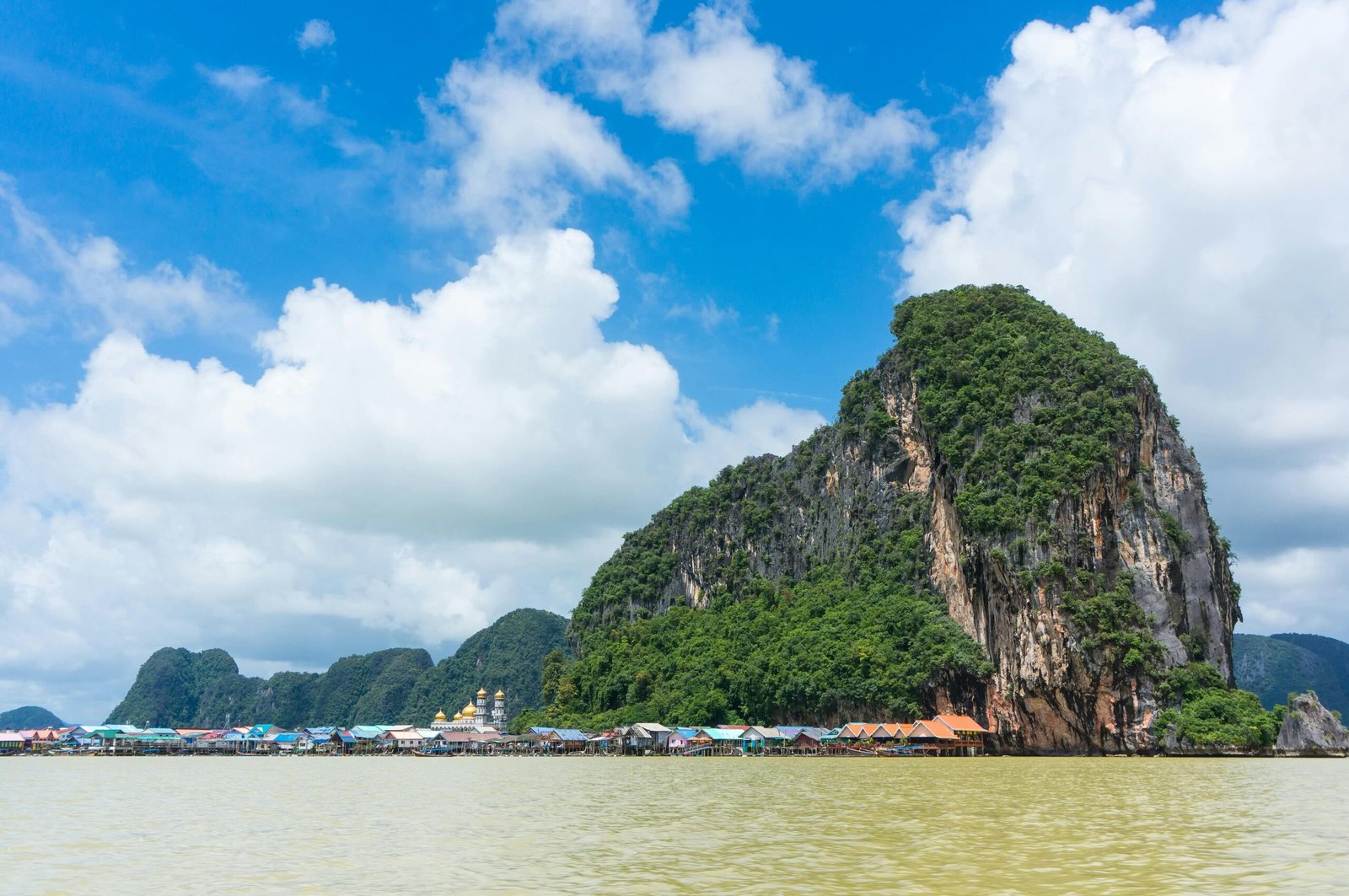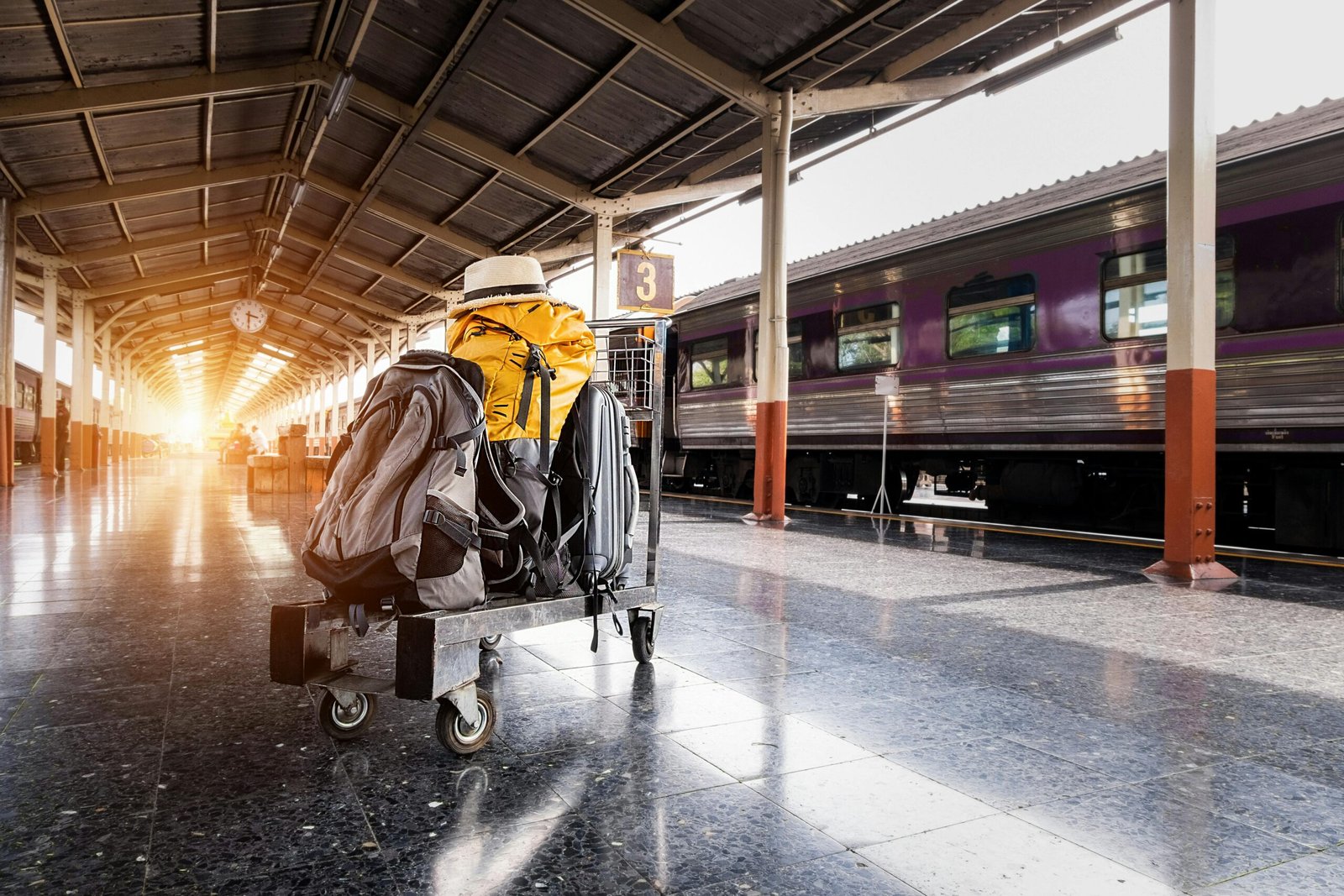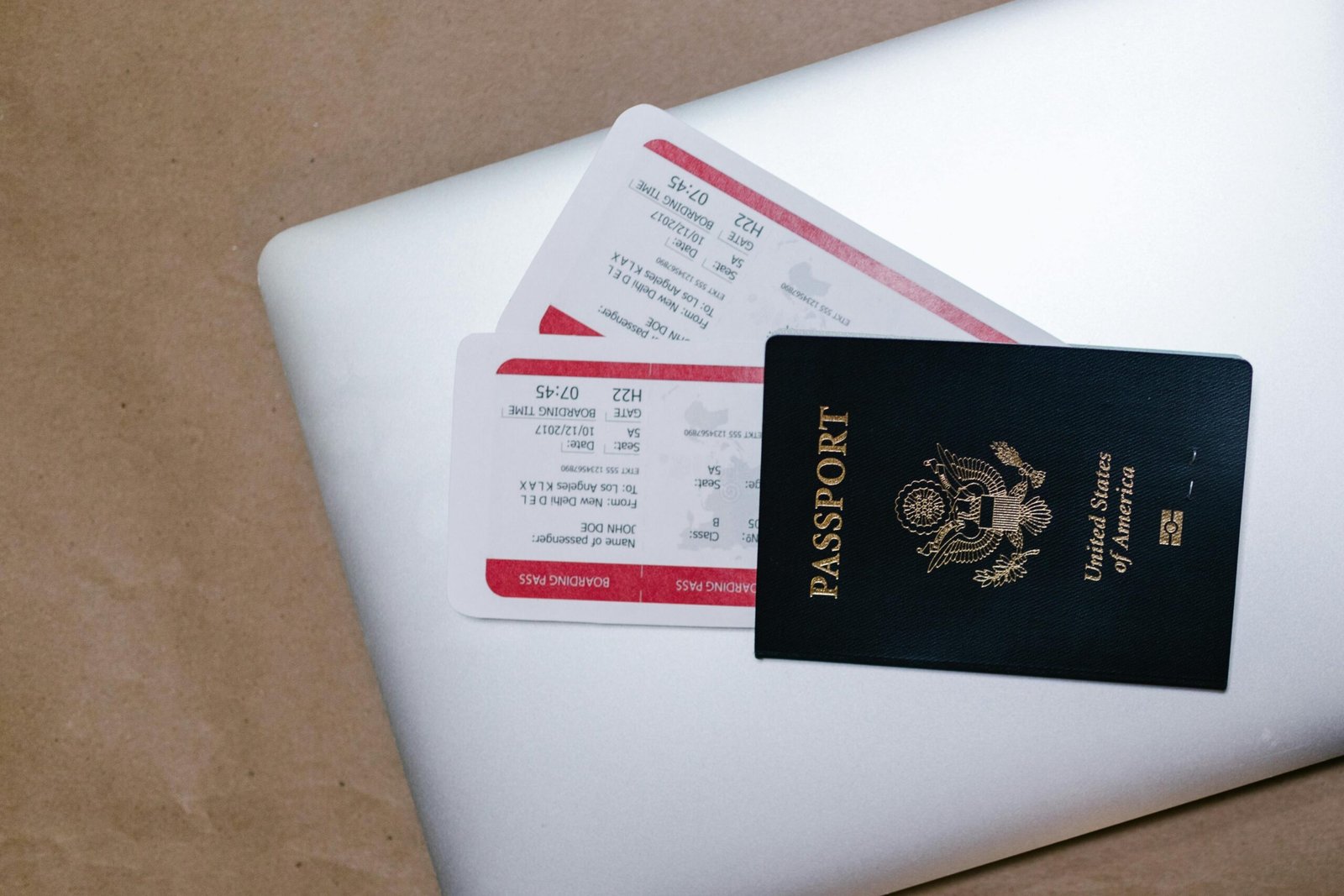Planning a trip can feel like a full-time job—especially if it’s your first time or you’re organizing everything solo. Between booking flights, choosing hotels, deciding what to pack, and figuring out the logistics, it’s easy to feel overwhelmed. But don’t worry! I’m here to break it all down step-by-step so you can go from “I want to travel” to “I’m actually doing this!
Step 1: Pick a Destination That Fits Your Budget
The first step in planning your trip is to decide where you want to go. The destination you choose will impact the cost of your trip, how much time you need, and even the activities available to you. Here’s how you can pick the right place for you:
Consider Your Budget
It’s important to choose a destination that matches your budget. Don’t set yourself up for disappointment by picking a place you can’t afford. Here’s how to make sure you’re choosing wisely:
- Flight costs: Use flight comparison websites like Kiwi.com Tickets to get a feel for flight prices. Some destinations are much cheaper to fly to than others, so if you’re flexible, you can snag some great deals.
- Daily expenses: Research the cost of living in the country you’re considering. For example, Southeast Asia is generally much cheaper than Europe or North America. Websites like Budget Your Trip can give you a sense of daily expenses.
- Accommodation costs: Choose a place where you can find affordable hotels or hostels. Trip.com has plenty of great deals across all budgets—from simple stays to luxury hotels—so you’re sure to find something that fits your travel style.
Match Your Interests
Once you’ve set a budget, think about what type of vacation you want:
- City breaks: If you enjoy museums, food, and culture, cities like Paris, Tokyo, and Barcelona are fantastic.
- Beach destinations: If you’re dreaming of a relaxing beach holiday, destinations like Bali, Thailand, and Hawaii are great options.
- Nature lovers: For those who enjoy the outdoors, New Zealand, Iceland, and Costa Rica offer some of the best hiking, scenic views, and natural wonders.
💡 Pro tip: If you’re traveling solo, consider how easy it is to get around. Look for places that are known to be solo traveler-friendly, with good public transport and safe neighborhoods.
Step 2: Choose Your Travel Dates Wisely
The timing of your trip is crucial, and it can impact everything from the weather to the cost of your flight and accommodation. Here are a few tips:
Off-Season vs. Peak Season
- Off-season: Travel during the off-season (usually winter or early spring) for fewer crowds and better prices. You may find flights and accommodation at a fraction of the price, and the attractions will be less crowded.
- Shoulder season: This is the time between the peak and off-season (usually spring or autumn). The weather is still great, and the crowds aren’t as overwhelming as in peak season. This is often the best time to visit if you want a balance of cost and weather.
- Peak season: If you visit during peak season (often summer), expect higher prices, especially for flights and accommodation, and larger crowds. However, the weather is usually perfect for outdoor activities.
Flexibility
If you’re flexible with your dates, you can often save money. Use Kiwi.com Tickets for flight comparison and to find flexible travel dates.
Step 3: Book Flights Early (But Not Too Early)
Once you have a destination and travel dates in mind, it’s time to book your flight. But timing is key here too!
When to Book
The best time to book flights is generally between 1–3 months before your trip, depending on your destination. For international flights, it’s best to book 2-6 months ahead.
How to Find the Best Deals
- Flight comparison tools: Websites like Kiwi.com Tickets, Skyscanner, and Google Flights let you compare prices across different airlines and booking platforms.
- Set price alerts: Use tools like Airfarewatchdog or Hopper to get notified when flight prices drop.
- Fly mid-week: Flights tend to be cheaper on Tuesdays and Wednesdays because fewer people are booking those days.
💡 Pro tip: If your dates are flexible, check flight prices on nearby dates to see if you can save more.
Step 4: Find a Place to Stay That Matches Your Needs
Your accommodation will eat up a big chunk of your travel budget, but that doesn’t mean you have to break the bank. Here’s how to choose the right place:
Research Accommodation Options
- Hotels: A great option for a short stay. Use Booking.com or Trip.com to compare prices for a wide range of options.
- Airbnb: Ideal for longer stays or if you prefer more privacy. You can often find entire homes or apartments for a similar price to a hotel.
- Hostels: A great choice for budget travelers and solo travelers looking to meet people. Hostels are affordable and often have great social areas.
- Guesthouses: Perfect for a more authentic, cozy experience. Check reviews on TripAdvisor and Airbnb.
Key Considerations
- Location: Choose somewhere central or near the sights you plan to visit. Staying outside the city might save money, but you’ll spend more on transportation.
- Reviews: Read recent reviews on TripAdvisor, Google, and Booking.com. A five-star hotel with poor reviews might not be worth it.
- Amenities: Look for places with free Wi-Fi, breakfast, and close proximity to public transportation.
💡 Pro tip: Booking directly with the hotel or accommodation often gets you better perks, such as free upgrades or flexible cancellation policies.
Make travel easier with these smart cheap travel hacks for booking hotels, saving money, and staying organized. Need destination ideas? [Link to your guide here].
Step 5: Plan a Rough Itinerary (But Leave Room for Flexibility)
Now that your flights and accommodation are booked, it’s time to think about your days. But don’t over-schedule yourself! The goal is to see what you want without packing your days too tightly.
Must-See Sights
- Prioritize your top attractions: Choose 2-3 “must-sees” each day. This gives you enough flexibility to explore other parts of the destination.
- Mix it up: Include a balance of activities: sightseeing, outdoor adventures, shopping, and relaxing.
Leave Room for Spontaneity
Leave gaps in your itinerary for impromptu discoveries. Sometimes the best experiences happen when you just wander and stumble upon something new.
Step 6: Sort Out Transportation
Depending on where you’re traveling, getting around can be a whole other challenge.
Local Transportation
- Public transport: Most cities have good metro systems, buses, and trams. Google Maps can help you navigate, and many cities offer transport passes for tourists.
- Taxis/rideshares: Use Uber or Lyft if you don’t feel like dealing with public transport. In some cities, taxis can be surprisingly cheap.
- Renting a car: If you’re exploring remote areas or want the freedom to move around, renting a car is a good idea. Look for deals on Rentalcars.com or Kayak.
Travel Apps
- Download apps like Google Maps, Citymapper, or Rome2Rio to help navigate your way around new places.
Step 7: Budget Your Daily Spending
The last thing you want is to run out of cash halfway through your trip. Here’s how to stick to a daily budget:
Plan Your Daily Expenses
- Food: Will you dine out for every meal, or do you plan to cook some meals? Research the cost of food in your destination. For example, street food in Asia can be affordable, while dining out in Europe might cost more.
- Attractions: Many attractions have entry fees. Check for combo passes or city cards that offer discounts on multiple attractions.
- Souvenirs/Shopping: Keep a separate budget for things like souvenirs and personal shopping.
Use Budgeting Apps
Apps like Trail Wallet or Expensify can help you track your spending while you’re away.
Step 8: Prep the Essentials
Before you leave, check off these final to-dos:
Travel Documents
- Passport: Ensure it’s valid for at least six months after your departure date.
- Visas: Check if your destination requires a visa and apply in advance.
- Travel insurance: Always, always get travel insurance. It covers emergencies, cancellations, and lost luggage.
Packing List
- Travel essentials: Don’t forget chargers, adapters, and a power bank.
- Backpack: Bring a day pack for sightseeing.
- Documents: Print out your booking confirmations, flight info, and travel insurance policy. Keep them in your carry-on.
Step 9: Pack Smart (Not Heavy)
Packing light can make your trip easier. Here’s what to bring:
Packing Tips
- Weather-appropriate clothing: Check the weather forecast and pack versatile items that can be layered.
- Minimal toiletries: Bring just the essentials—most hotels provide basic toiletries.
- Comfortable shoes: Whether you’re walking the city streets or hiking, make sure you have comfortable shoes.
Planning a trip might seem like a lot, but with a little organization and these tips, you’ll be all set. Use your time wisely, and make the most of your travels!
Conclusion
Planning a trip doesn’t have to be overwhelming—especially when you break it down into manageable steps. From picking the right destination to booking hotels and building a loose itinerary, the process can actually be exciting (yes, really!). Just remember to stay flexible, do a little research, and use tools like Trip.com, Booking.com, and Kiwi.com Tickets to find the best deals along the way.
Whether you’re heading out solo or planning a group getaway, being organized means you’ll spend less time stressing—and more time enjoying the adventure ahead. Safe travels and happy planning!







